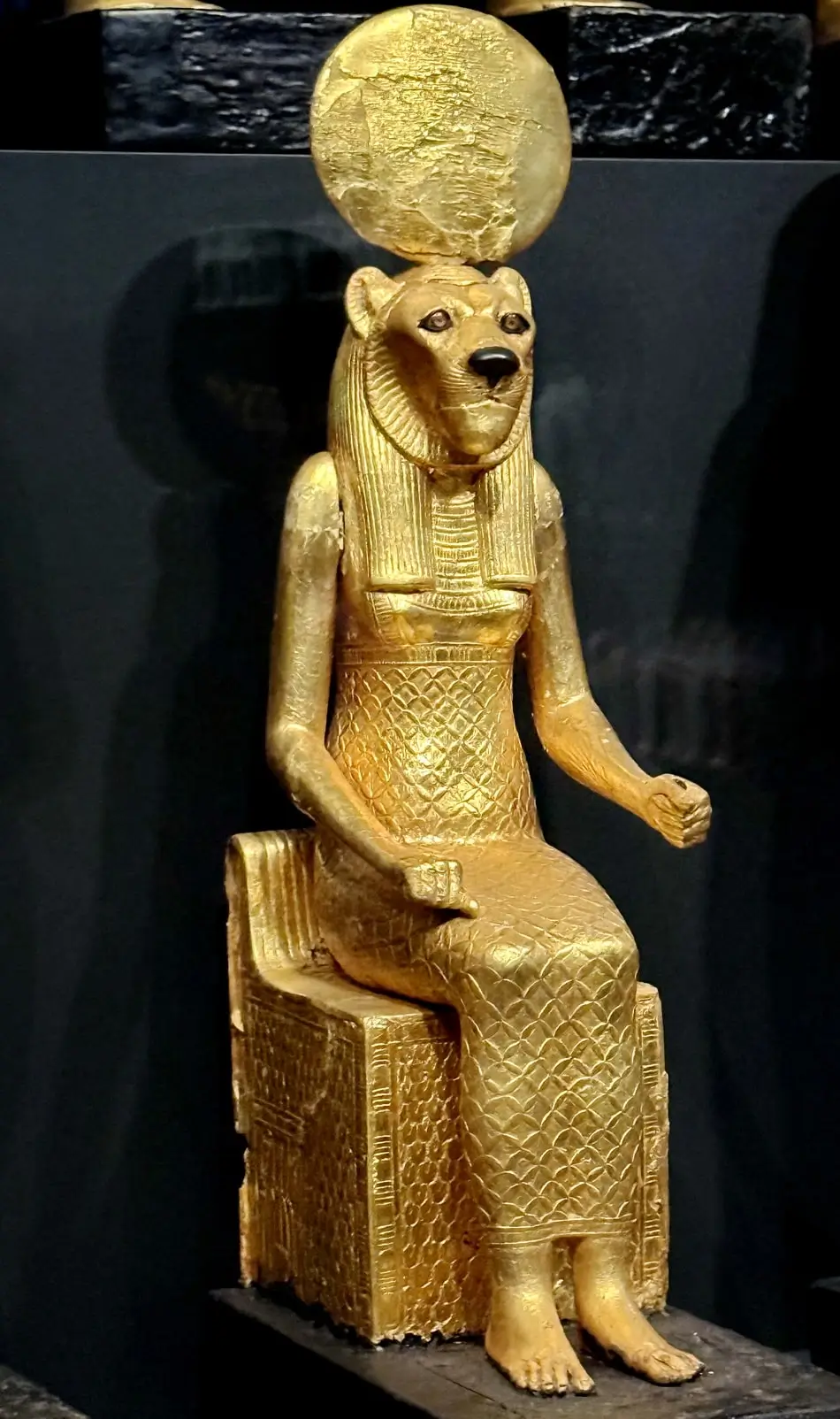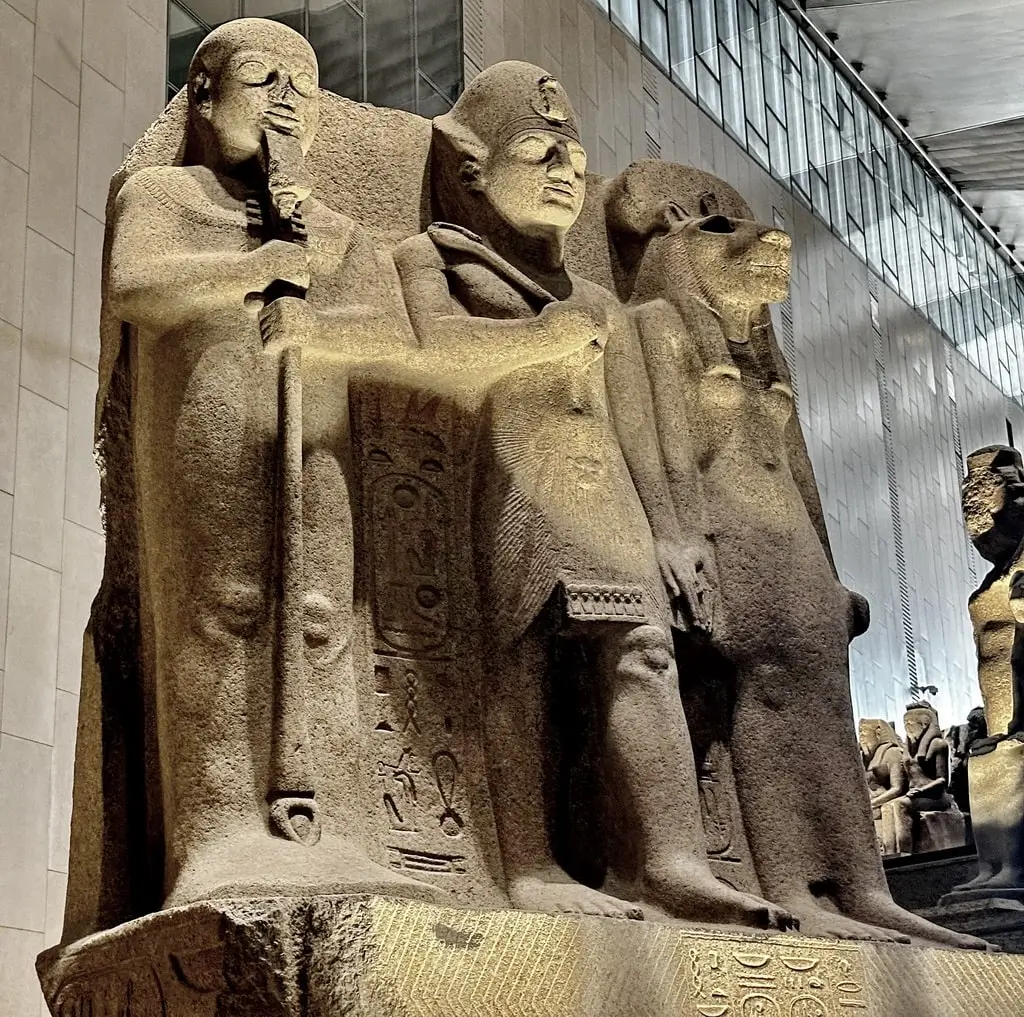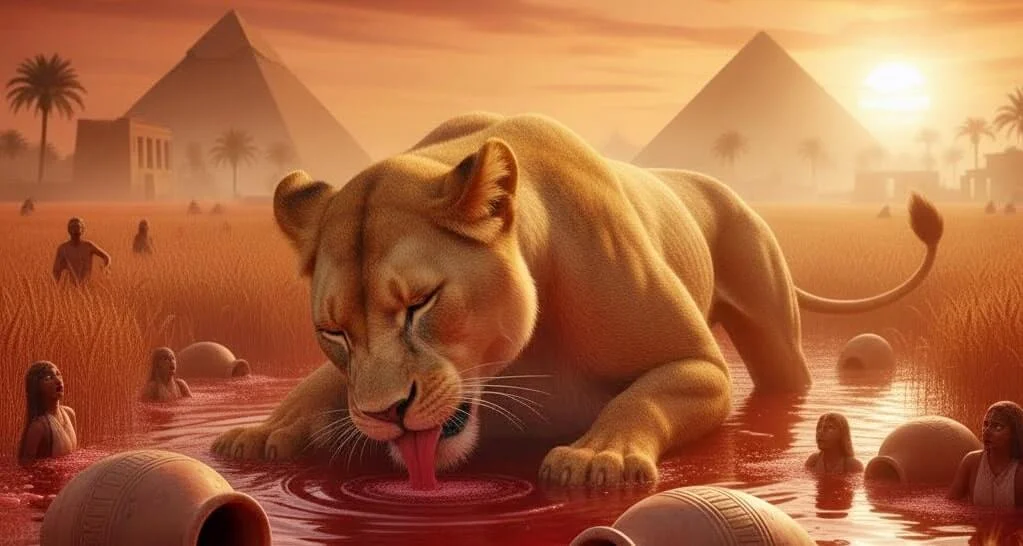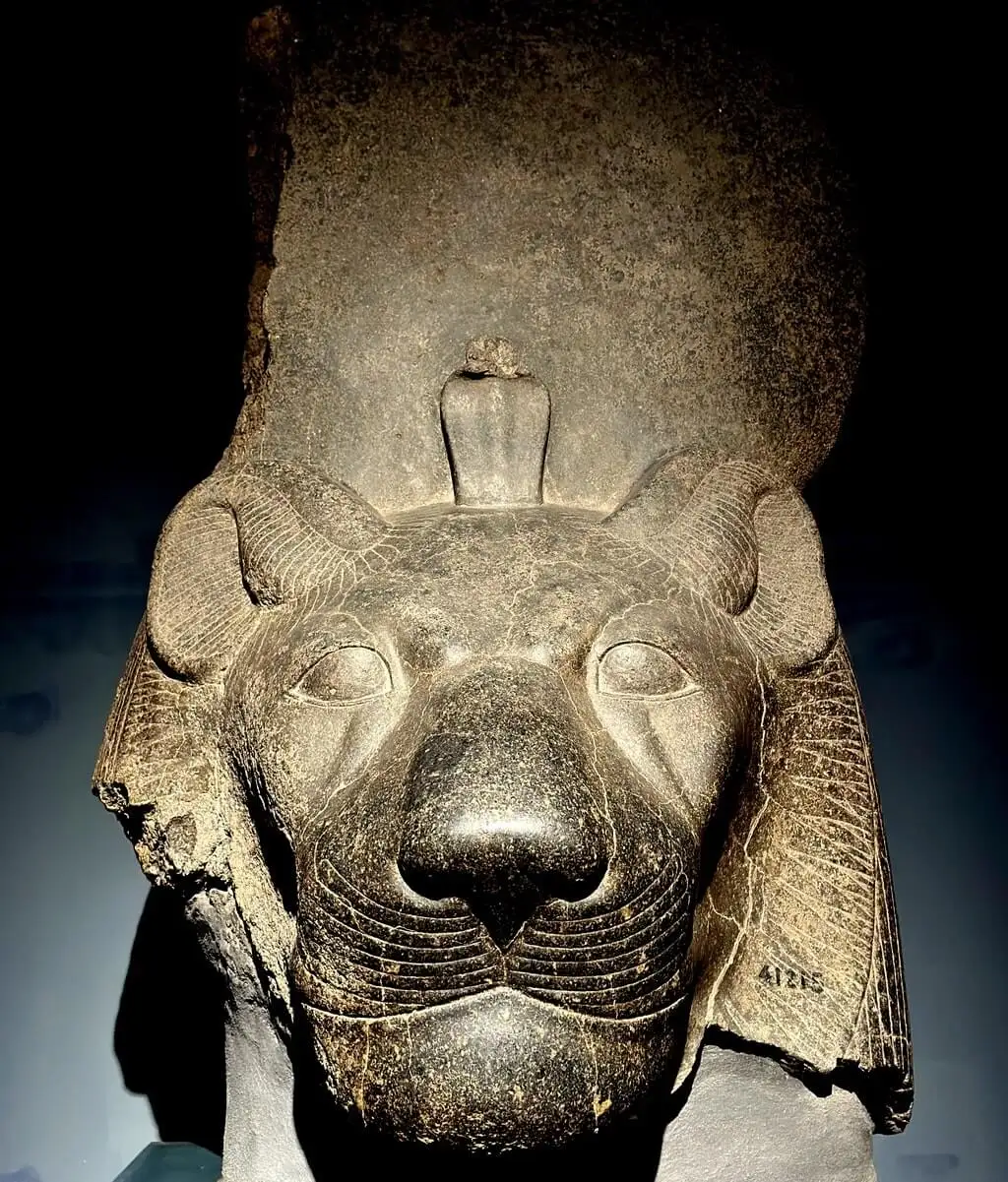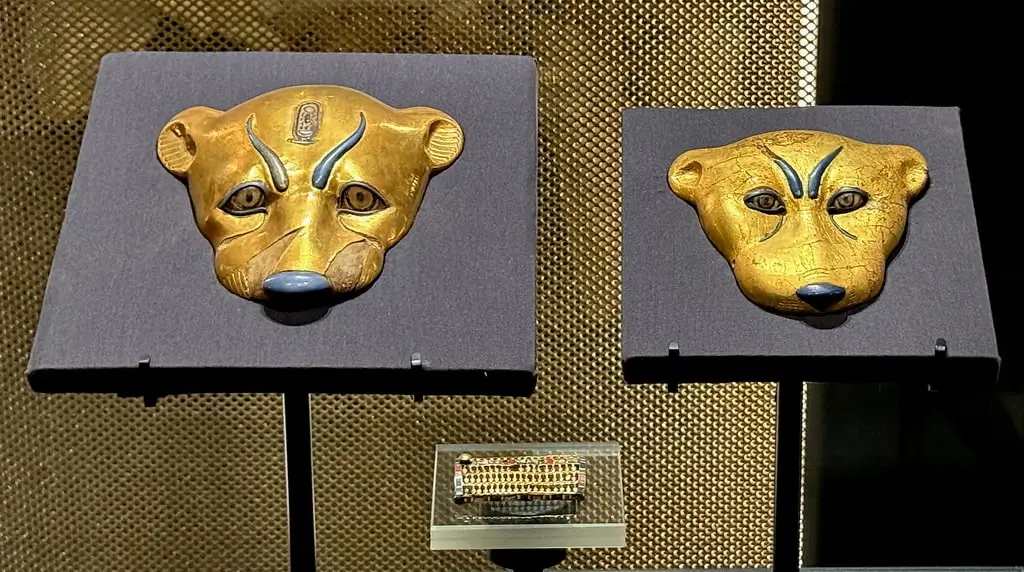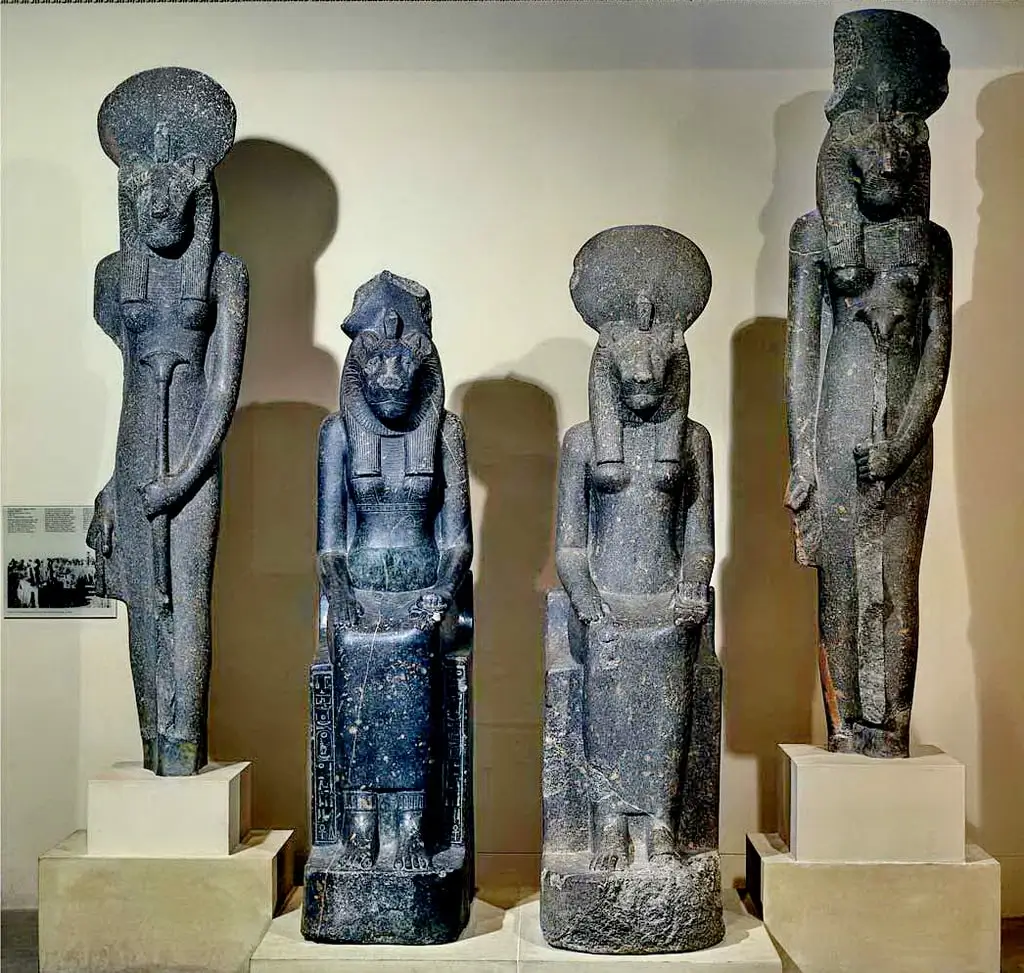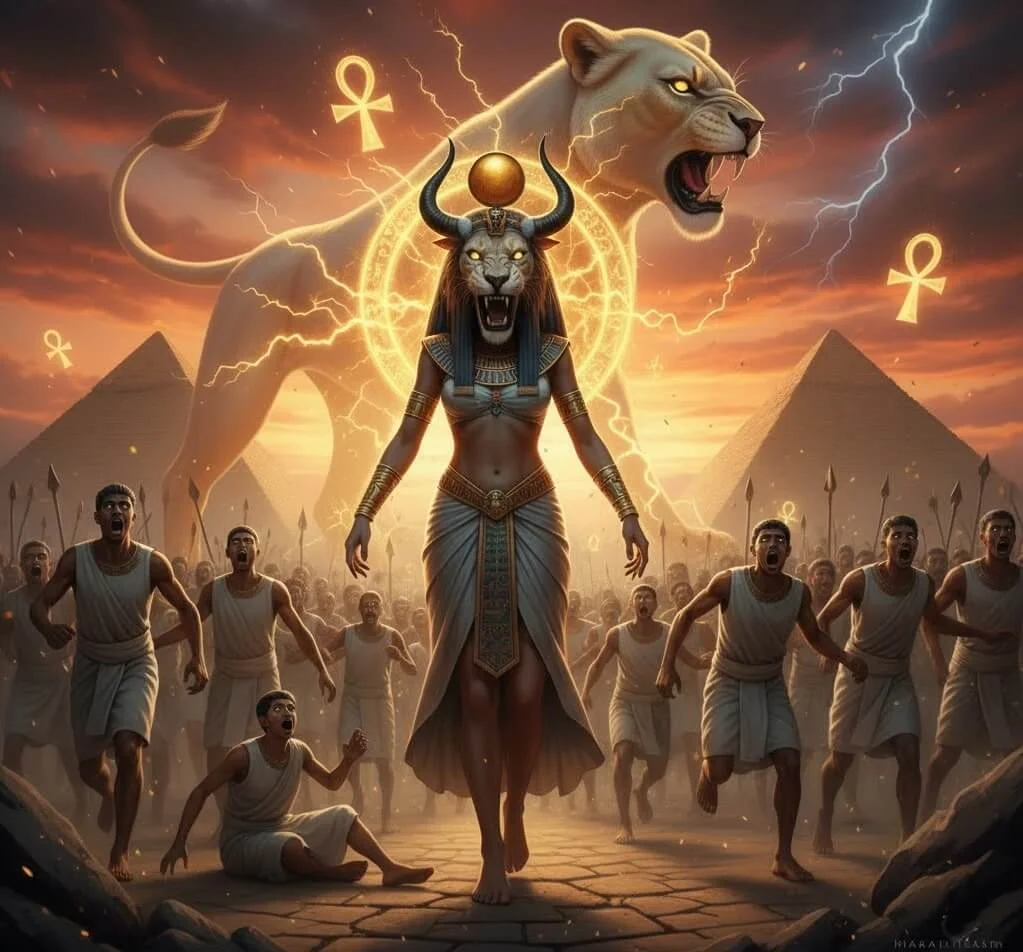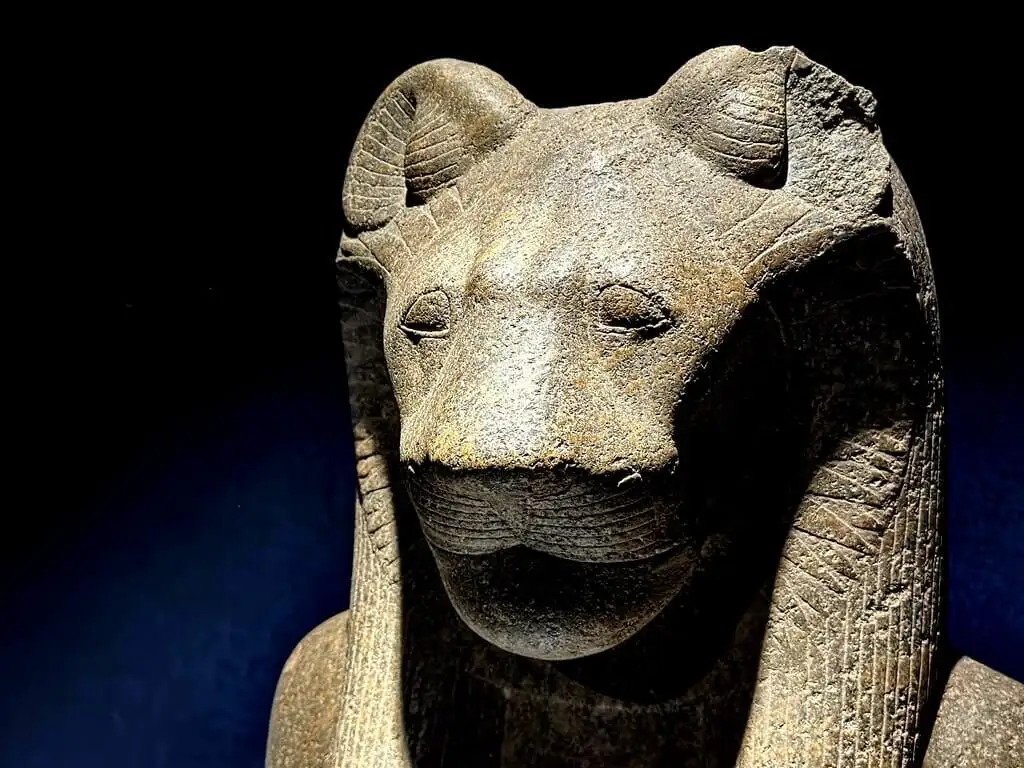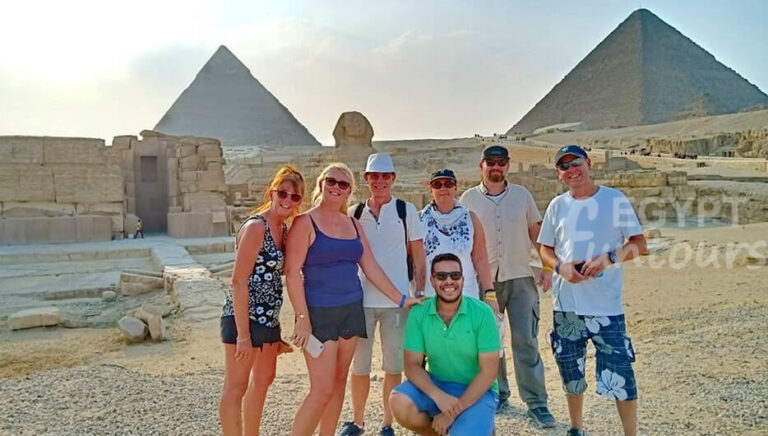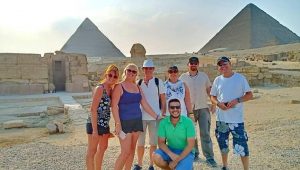Stand before a statue of Goddess Sekhmet, and you feel the dread immediately. She does not smile, does not nurture. She stares down at you with the face of a lioness, ready to hunt.
In a religion filled with benevolent cows (Hathor) and protective cats (Bastet), Sekhmet is the outlier. Sekhmet is the violence of nature. She is the desert wind that scorches the lungs and she is the plague that strikes without warning.
But here is the catch: The Ancient Egyptians did not hate her. They revered her. They understood a fundamental medical truth: the strongest poison is often the best cure. Goddess Sekhmet represents the “Duality of Power.”
- The Destroyer: She is the “Eye of Ra,” the weapon the sun god uses to slaughter his enemies.
- The Healer: She is the “Lady of the Flame” who burns away infection.
Consequently, her temples were not just places of prayer. They were hospitals. Her priests were not just holy men; they were the first organized surgeons in history.

